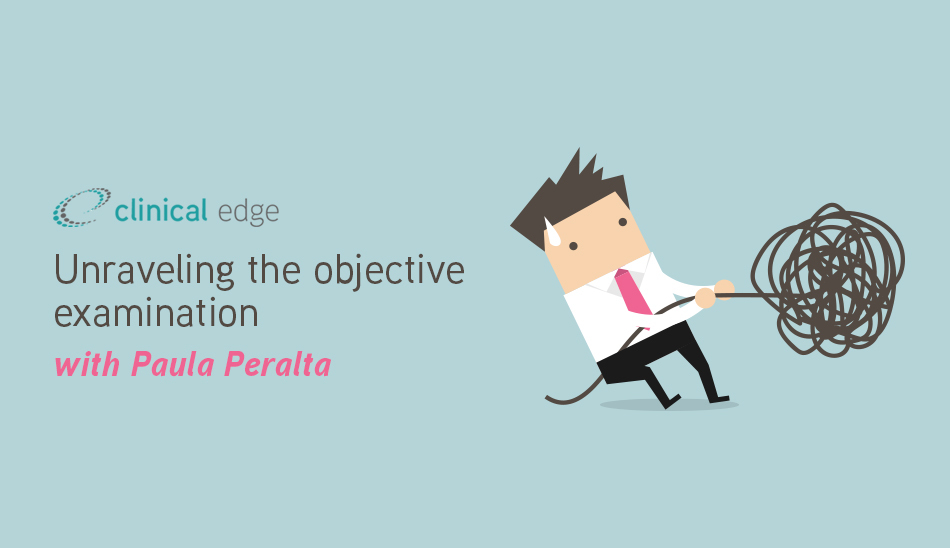
During each subjective assessment you develop hypotheses about your patients likely diagnosis, differential diagnosis and impairments contributing to their pain, including muscle weakness, decreased ROM, neuromechanosensitivity, control and more. You become Sherlock Holmes, asking questions, putting all the eyewitness reports and clues together into a few likely scenarios of who the culprit is, and why they did it.
As Sherlock, you then have the chance to put your scenarios to the test, diving into the fingerprints, DNA and other physical evidence, and see if your theories actually stack up.
Your objective examination gives you the opportunity to rigorously test your theories and find out if they match the evidence.
How can you perform a great objective assessment? Performing more tests helps us accumulate more test results and evidence, but does increased testing clarify your patients presentation or just give you a lot of results to sift through?
What are the most important tests in your objective assessment? How can you structure your objective assessment to perform thorough testing in a short treatment session? How many tests should you perform? Which tests should we prioritise?
Now available Presentation 7 - Unraveling the objective examination with Paula Peralta
This presentation with Paula Peralta (Specialist Sports & Exercise Physiotherapist, FACP) will help you seamlessly structure your objective examination and provide you with strategies to maximise the information gained throughout the examination process. You’ll discover:
- How to effectively use the information from the subjective examination to structure your objective examination
- How to improve the effectiveness of your objective examination
- What symptom modification strategies are
- How observing your patient and applying a symptom modification strategy with either a positive or negative result can help establish treatment direction
- How to actively involve and empower your patient throughout the objective examination through the use of cues, immediate feedback and shared decision making with patients
Aims and objectives
- Effectively use the information from the subjective examination to structure an objective examination
- Understand how to question effectively (and what to ask) throughout the examination
- Understand what potential information can be elucidated from our objective tests
- Understand symptom modification tests and how they assist with treatment direction
- Review sensitivity, specificity and likelihood ratios
- Understand the importance of shared decision making with patients to further build therapeutic alliance
CLICK HERE to improve your clinical reasoning with a free trial Clinical Edge membership
